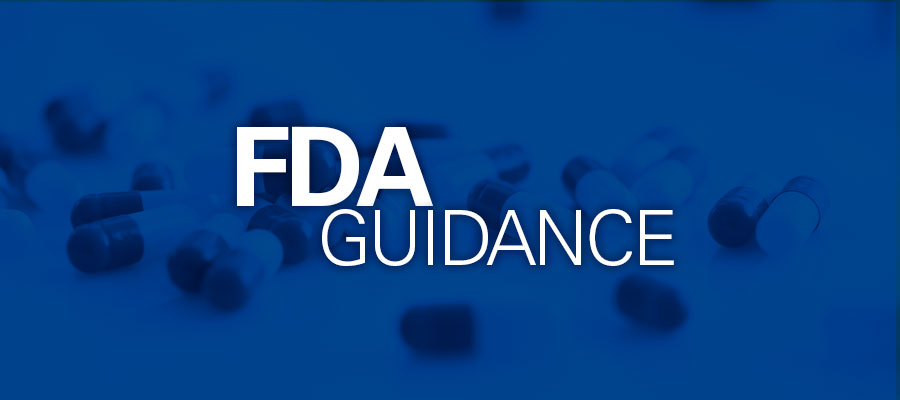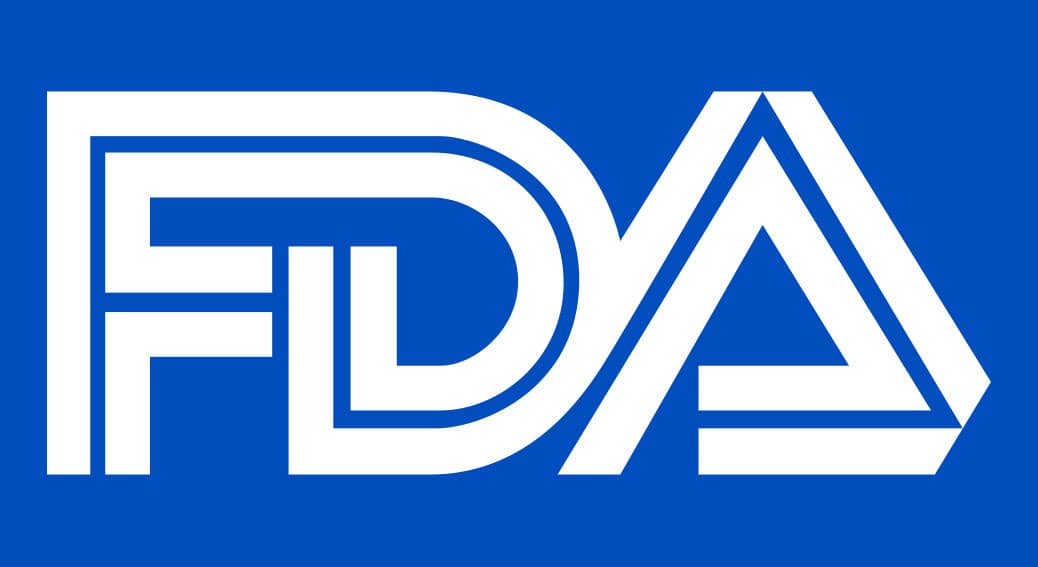The Food and Drug Administration (FDA), the US regulating authority in the sphere of medical devices has published final guidance on labeling requirements for laparoscopic power morcellators.

The present document constitutes a final version of the appropriate guidance initially issued earlier in February 2020. The document also replaces the guidance dedicated to the same matter dated November 2014. Due to its legal nature, the guidance does not introduce any mandatory requirements the parties involved shall follow, but describes the current position of the regulating authority on the matter and provides additional clarifications and recommendations to be considered by the medical device manufacturers and other parties. The Agency also states that an alternative approach may be applied, providing that it complies with the applicable requirements and was agreed with the regulating authority in advance.

Regulatory Background
The present document addresses the aspects related to the content and format of labeling for laparoscopic power morcellators (LPMs). The provisions of the guidance and recommendations contained thereto are based on the current level of scientific knowledge. In particular, the Agency emphasizes the importance of the inclusion of information on safety-related matters and risks associated with the use of such medical devices. At the same time, the FDA states that such information should be also communicated by healthcare professionals directly to the patient irrespectively of indications contained in the labeling.
According to the guidance, a significant increase in the use of laparoscopic power morcellators which takes place nowadays results in additional safety-related information becoming available. In particular, the FDA continuously analyses the Medical Device Reports related to the use of medical devices in question and adverse events associated thereto. As a result, the Agency has identified that actual risks associated with the use of laparoscopic power morcellators are slightly higher than it was presumed before. In this regard, the regulating authority deems it necessary to implement additional labeling requirements in order to ensure that the healthcare professionals using these devices, as well as the patients are fully aware of potential risks.
Moreover, the Agency additionally emphasizes that patient selection and choice of surgical technique to be applied could be effective in the reduction of risks, especially in the part of tissue removal. Hence, the FDA recommends conducting a rigorous pre-operative screening, even if it does not guarantee the safety of patients. In accordance with the general rule, each time making a clinical decision, healthcare professionals shall evaluate the risks and benefits associated with the suggested approach to treatment, and also discuss them with the patients before commencing the treatment.
Thus, the Agency found the new information which became available as changing dramatically the benefit-risk profile of laparoscopic power morcellators. To raise general awareness of the newly identified safety-related issues, the FDA has already issued several safety communications addressed to healthcare professionals using the medical devices in question. At the present time, the regulating authority continues its monitoring activities and collection of additional safety-related information deriving from the use of laparoscopic power morcellators. For instance, the Agency collects and analyses all information related to adverse events and negative consequences resulting from the use of LPMs, including cases when additional surgery is needed.
On the basis of the new information available, the Agency updates its recommendations outlined in the initial guidance issued earlier in November 2014 to reflect the new knowledge and findings. In particular, the new FDA guidance contains additional recommendations on the information to be included in the labeling. According to the updated version of the document, medical device manufacturers shall also include the information on risks associated with laparoscopic power morcellators in terms of age of the patients, as well as about additional risks associate with the use of LPM containment systems.
Scope of the FDA Guidance
The scope of the present FDA guidance on labeling for laparoscopic power morcellators covers the content and format of the information the LPM labeling shall contain. In particular, LPMs covered by the scope of the guidance man include:
- General indications for use (e.g. laparoscopic procedures), or
- Specific indications for use (e.g. laparoscopic gynecologic procedures).
The scope of the guidance covers all laparoscopic power morcellators irrespectively of the particular morcellation mechanism used (e.g. electromechanical, radiofrequency).
At the same time, medical devices intended for non-gynecologic surgery, as well as hysteroscopic morcellators, are actually falling outside of the scope of the present guidance.
It is also important to mention that the present FDA guidance does not cover all labeling requirements related to the LPMs, but only provides additional clarifications about certain information to be included in labeling. With regard to the general labeling requirements, the Agency refers to the applicable provisions of the Federal Food, Drug, and Cosmetic (FD&C) Act, the main US regulation in the sphere of healthcare products. The appropriate requirements should be taken into consideration when developing labeling to be submitted to the FDA in the context of the 510(k) submissions.

Labeling Requirements for Laparoscopic Power Morcellators
According to the present FDA guidance, the labeling of the LPMs shall consist of the following components:
- Boxed Warning,
- Contradictions, and
- Warnings regarding the risk of use as it relates to age, spreading uterine tissues, and the use of LPM containment systems.
In order to assist medical device manufacturers in presenting the information outlined hereinabove, the FDA provides detailed clarifications on each particular aspect.
With regard to the boxed warning, the FDA states that they should it should be clear and understandable. According to the recommendations provided in the guidance, this component of the labeling shall contain the warnings related to the risks associate with spreading. The guidance also provides an example of such a boxed warning which outlines the main risks and also states that this information should be shared with the patient.
The Agency also states that the labeling of laparoscopic power morcellators should also contain detailed information about contradictions, as well as other warnings. The same as in the case of a boxed warning, this information should be shared by the healthcare professionals. The guidance provides examples of such warnings that also contain references to risks specific for certain age groups of patients.
Summarizing the information provided here above, the FDA as the US regulating authority in the sphere of medical devices conducts ongoing monitoring of safety-related issues associated with medical devices placed on the market in order to identify the risks and implement actions necessary to reduce them or mitigate the consequences thereof. As a part of such process, the Agency collects and analyses information on adverse events occurring in the course of the use of laparoscopic power morcellators, and develops additional recommendations regarding the information to be communicated in order to ensure patients` awareness of the risks associated with the use of such devices in certain surgical procedures. According to the document, such information should be indicated in the labeling of the medical devices, and also provided by healthcare professionals directly to the patients.
How Can RegDesk Help?
RegDesk is a next-generation web-based software for medical device and IVD companies. Our cutting-edge platform uses machine learning to provide regulatory intelligence, application preparation, submission, and approvals management globally. Our clients also have access to our network of over 4000 compliance experts worldwide to obtain verification on critical questions. Applications that normally take 6 months to prepare can now be prepared within 6 days using RegDesk Dash(TM). Global expansion has never been this simple.
Sources:

